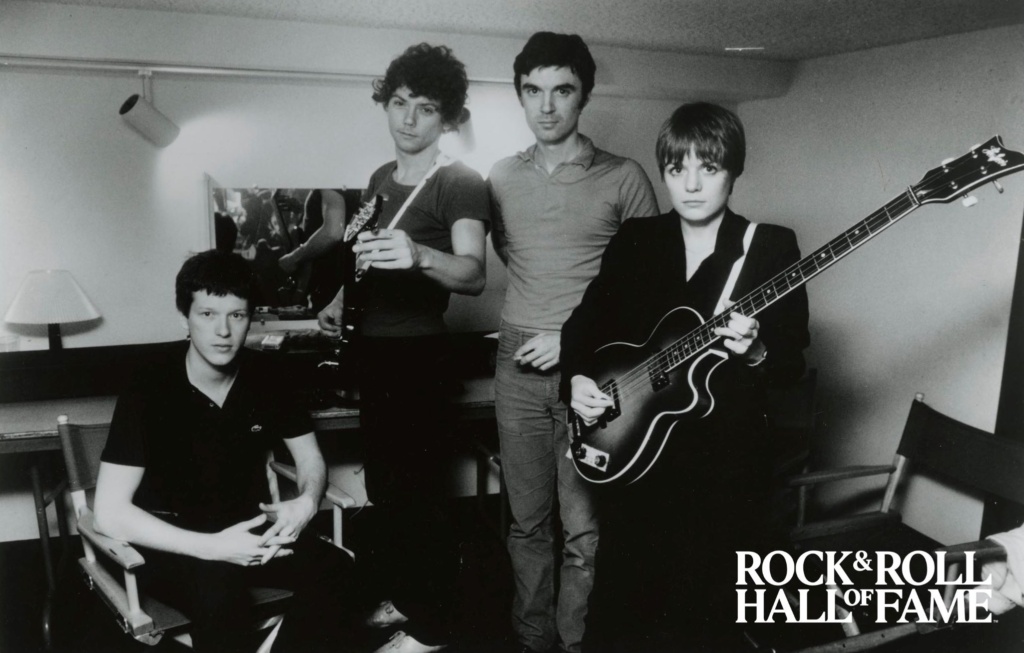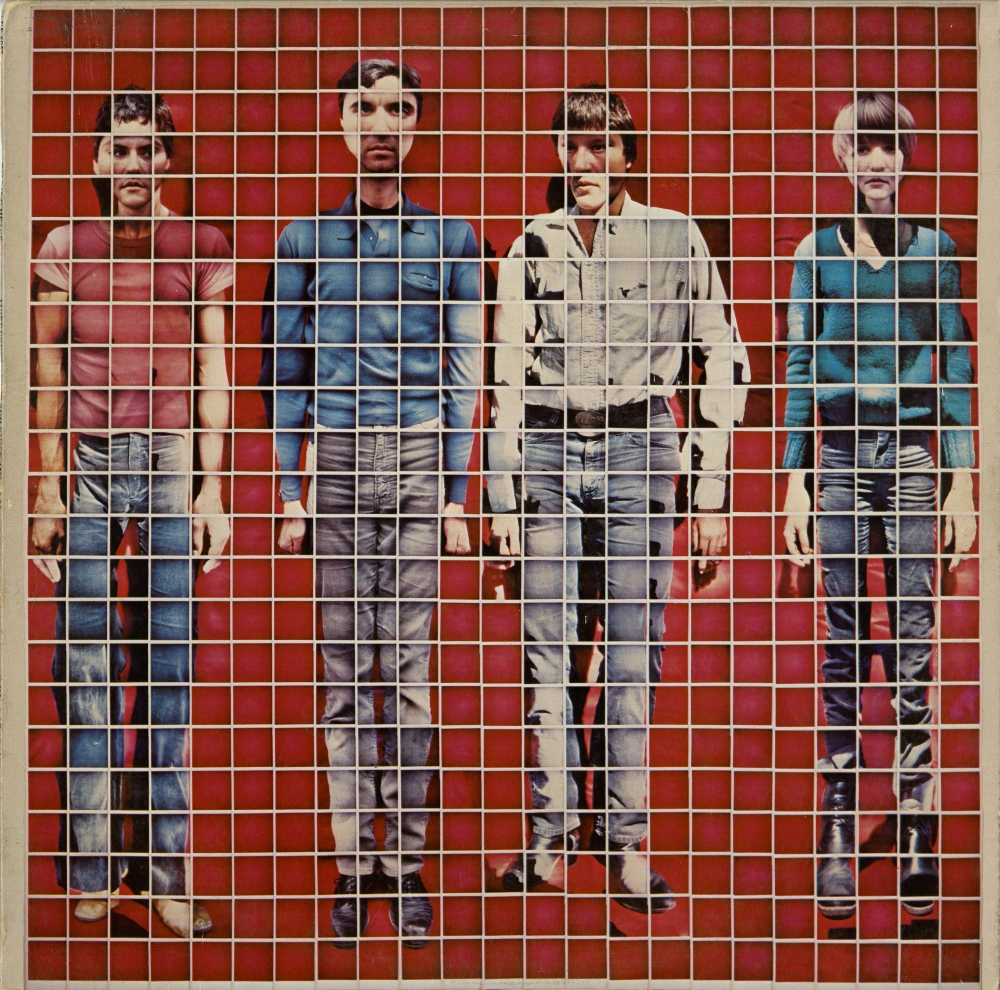

Imagine you’re Seymour Stein, the co-founder of Sire Records, someone who’s hankering for more artists in the burgeoning scene on the Bowery. You’re chatting with Danny Fields, the Ramones’ co-manager, outside of the Manhattan club CBGB.
Suddenly, you hear twinkling guitar arpeggios and a militaristic drumbeat. The singer begins chiming in, captivating you with his strained, nervous vocals.
This is not just one of CBGB’s house bands. The name of this band is Talking Heads.
Their music is a curious composite that’s as complex and involved as it is listenable and approachable.
Sire Records Press Release for More Songs About Buildings and Food, June 1978. Cary Baker Papers, Library and Archives, Rock and Roll Hall of Fame.
Talking Heads originally formed as a trio (David Byrne, Tina Weymouth and Chris Frantz) at the Rhode Island School of Design in 1975, under the name the Artistics. Later, they became embedded in the New York punk/new wave scene, acting often as a point of comparison with the much more boisterous and anti-intellectual Ramones.
After some convincing, the eager Stein got Talking Heads to sign to Sire in 1976, adding keyboardist Jerry Harrison, formerly of the Modern Lovers, to the lineup.
Unlike the other artists Sire and Warner peddled for the labels’ “Don’t Call It Punk” campaign, Talking Heads took on the new wave label for decades to come.

Artists Only
Once signed, the label did not shy away from promoting Talking Heads’ avant-garde mentality. According to Sire’s first contract with Talking Heads, the label gave the band broad creative control over their music and packaging.

The label also gave the band the ability to choose a producer, which proved handy after Stein gave their original producer Tony Bongiovi the ax as the band butted heads with Bongiovi over creative choices.
Advertising played a key role in conveying the band’s blurring between rock and art, with radio adverts for their second album recorded by Andy Warhol. And although new wave artists in the late 1970s languished in getting proper radio airplay, by the early 1980s Talking Heads began utilizing MTV to get their music out to a wider audience. By the first year since MTV’s premiere, Byrne was one of the only artists who had complete creative control for Talking Heads’ music videos.
Talking Heads released many studio albums under Sire and Warner before splitting a little over a decade after their debut release. Their work is a testament to the ability of companies like Sire to give greater control to artists, testing the limits of auteurship in popular music.